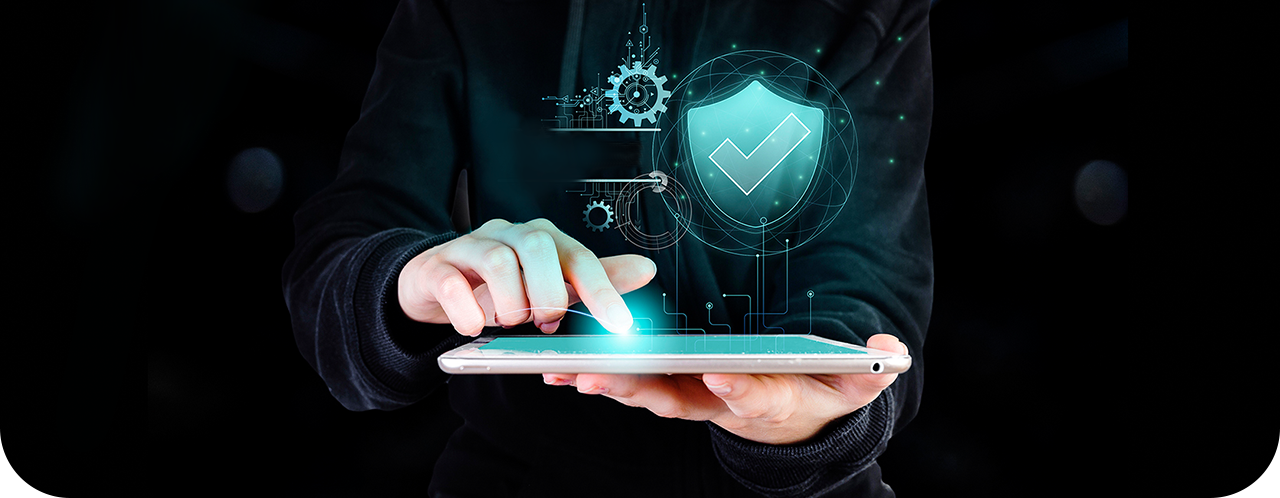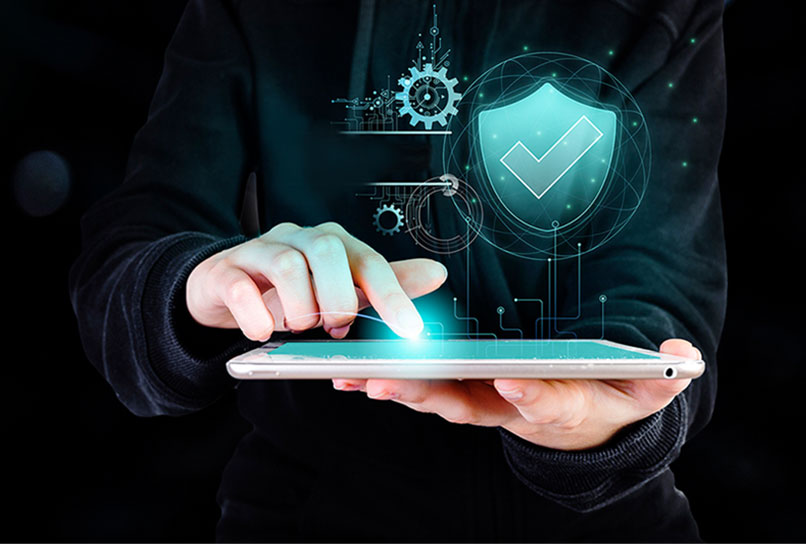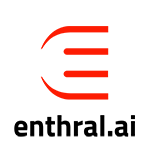LMS Security and Data Privacy Best Practices

Your Learning Management System (LMS) is a treasure trove of sensitive information and the loss of this data can result in significant financial and reputational damage. Whether you are a small business or a global enterprise, securing your cloud-based LMS always has to be your top priority.
Some common vulnerabilities you need to be aware of include:
- Poor authentication & lack of multi-factor authentication (MFA)
- Lack of access controls
- Improper encryption
- Insider threats
- Absence of compliance monitoring
Best Practices for LMS Security and Data Privacy
1. Choosing a Secure LMS Vendor
The first and most crucial best practice is to select an LMS vendor with a strong emphasis on security and privacy. When choosing your LMS partner, ensure they provide robust security features, including strong authentication, data encryption, access controls and regular security updates.
Also check if the vendor complies with industry certifications and standards while providing support so that your platform remains secure at all times. A transparent relationship with your vendor can help with quick action when security concerns arise.
2. Strong Authentication
Once you have a vendor who pays keen attention to security, you gain peace of mind knowing the platform’s foundation is secure. From there, you can take the next steps to ensure robust protection.
Authentication is your first line of defence against unauthorized access. Implementing good authentication practices such as complex password requirements and MFA can reduce the risk of security breaches in your LMS.
Moreover, proper user management requires defining roles and permissions within the system. The principle of “least privilege” should apply: users should only access the resources they need to perform their roles. This limits the potential damage from compromised accounts and helps prevent accidental data mishandling.
Another important practice is to ensure that your LMS vendor offers Single Sign-On (SSO) as part of their security features. SSO provides an added layer of both convenience and security by allowing users to access the LMS with their existing corporate credentials, reducing the risk of weak or reused passwords.
3. Data Protection and Encryption
Ensure that your LMS vendor provides end-to-end data encryption that is essential for protecting sensitive information stored in the LMS, including personal data, test results, and course materials. Encryption works by transforming data into an unreadable format that can only be deciphered by authorized users with the proper decryption keys.
It’s crucial to encrypt data both in transit and at rest. In transit encryption ensures data exchanged between users and the LMS is protected from interception. Meanwhile, at-rest encryption secures stored data, preventing unauthorized access even if the system is compromised.
4. Zero Trust Security and Controlled Access
A zero-trust security approach with user access controls that are finely tuned can ensure that only authorized individuals get to view or modify specific information in the LMS. By setting up multiple access levels based on each user’s role and identity verification, you can restrict access to sensitive data.
This means that only users with the appropriate permissions can access or alter critical information. Implementing such controls helps prevent internal data leaks and ensures the integrity and reliability of data being managed.
5. Regular Security Patches
LMS platforms, like all online systems, are susceptible to cyber threats. To mitigate these risks, keeping your LMS and its underlying infrastructure updated is critical.
Check if your LMS vendor provides regular security patches and software updates. At your end, you can ensure you are providing phishing awareness training for your staff and learners so as to reduce the chances of cyber attacks.
6. Network and Access Controls
Effective network security measures like firewalls and Intrusion Detection/Prevention Systems (IDS/IPS) monitor and filter traffic to your LMS, blocking unauthorized access attempts and flagging suspicious activities.
By restricting access to trusted networks using IP whitelisting or geographic restrictions, you limit the exposure of your platform to potential attackers.
7. Backup and Recovery Planning
Even the best security systems can sometimes fail. Which is why having a strong backup and recovery strategy is essential. Regular backups ensure that in the event of a system failure or data breach, you can quickly restore operations and minimize data loss.
You should also be able to work alongside your LMS vendor to ensure that a comprehensive incident response plan is in place. This plan should outline steps for containing breaches, restoring data from backups and notifying affected parties. Regular testing of this plan is also important necessary so that your team is prepared to act instantly.

Secure your Workplace & Workforce
- Zero-Trust Security
- Comprehensive Learning Security
- Seamless Privacy Controls
- Robust Access Controls
8. Regular Audits
Conducting regular security audits and compliance checks is a proactive way to identify vulnerabilities before they are exploited. These audits can also ensure that your LMS is compliant with regulations like the General Data Protection Regulation (GDPR) which governs the handling of personal data in many regions.
Regular audits help identify gaps, assess improvements and show your organization’s commitment to protecting sensitive information.
9. Third-Party Integrations
Another key step is to ensure that your LMS vendor offers secure third-party integrations to protect your platform from potential vulnerabilities introduced by external tie-ups.
When connecting third-party tools, it is essential that these integrations align with your organization’s security policies and undergo regular security reviews. The vendor should ensure that all API connections are secured, preventing any compromise to the LMS environment.
Conclusion
Securing your LMS requires a multi-layered approach, but it always starts with choosing the right LMS partner. Remember, a partner who prioritizes security and privacy lays the foundation for a protected learning environment!











